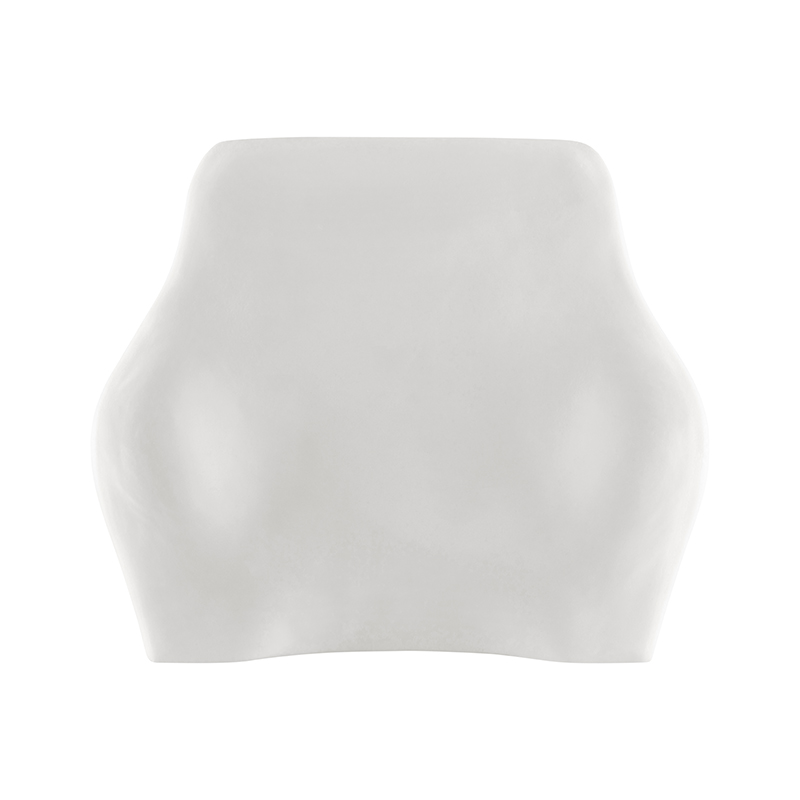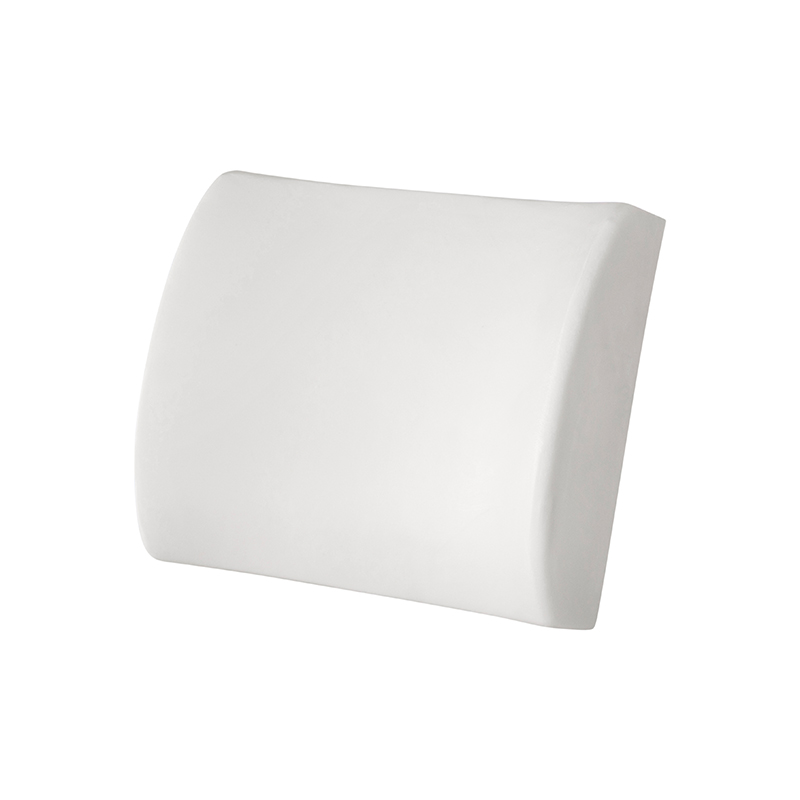Memory foam cushions have revolutionized the world of comfort and support, offering a remarkable departure from traditional cushioning materials. When comparing memory foam cushions to their conventional counterparts in terms of pressure relief and durability, several key features and benefits emerge that showcase the superiority of memory foam.
Pressure relief is a critical consideration, especially for those who spend extended periods seated or lying down. Traditional cushioning materials like polyester fiber, foam rubber, or even springs provide a certain level of support, but they often fall short when it comes to evenly distributing pressure. Memory foam, on the other hand, excels in this aspect due to its unique viscoelastic properties. The material's ability to respond to body heat and conform to the shape of the user's body is what sets it apart.
When a person sits or lies on a memory foam cushion, the foam softens and molds to the individual's contours. This results in a larger surface area of contact, which helps distribute the body weight more evenly. As a result, pressure points, which are notorious for causing discomfort and pain, are minimized. This remarkable pressure-relieving feature of memory foam cushions is especially beneficial for individuals with conditions such as sciatica, lower back pain, or pressure ulcers. In contrast, traditional materials tend to create uneven pressure points, leading to discomfort and potential health issues over time.
Durability is another crucial aspect where memory foam cushions outshine traditional options. Conventional cushioning materials often experience a phenomenon known as "compression set." Over time, repeated use causes these materials to lose their resilience, resulting in flattened cushions that offer reduced support and comfort. Memory foam, however, is designed to withstand such wear and tear more effectively. Its viscoelastic nature allows it to return to its original shape once pressure is removed, preventing the development of permanent indentations.
Moreover, memory foam cushions are inherently resistant to the development of sagging and deformities. This resilience translates to a longer lifespan compared to traditional cushions, which tend to break down more rapidly. Consequently, while memory foam cushions might involve a slightly higher initial investment, their extended durability makes them a cost-effective choice in the long run.
Furthermore, the structure of memory foam contributes to its durability. The material's open-cell structure allows air to flow through the cushion, preventing moisture buildup and the growth of mold or mildew. This feature is particularly valuable in humid environments or for individuals prone to allergies. In contrast, traditional materials, especially those with closed-cell structures, are more susceptible to moisture retention and subsequent degradation.


In terms of overall comfort, memory foam cushions hold a distinct advantage. The ability to conform to an individual's body shape provides a custom-tailored support system that traditional materials struggle to replicate. This personalized support not only enhances comfort but also promotes better posture and spinal alignment. Proper alignment can alleviate various musculoskeletal issues, reducing the risk of developing chronic pain conditions associated with poor posture.
Additionally, memory foam's ability to absorb and isolate motion adds another layer of comfort, especially in shared seating or sleeping spaces. When one person moves on a memory foam cushion, the movement is absorbed and dispersed, minimizing disturbances for other individuals. This feature is particularly advantageous for couples sharing a bed or for office settings where co-workers' movements might otherwise lead to distractions.
In conclusion, memory foam cushions offer a multitude of key features and benefits that distinguish them from traditional cushioning materials in terms of pressure relief and durability. Their exceptional ability to evenly distribute pressure across the body, coupled with their remarkable resilience and longevity, make them a superior choice for individuals seeking enhanced comfort and support. While traditional materials have their merits, the unique properties of memory foam have undoubtedly redefined the standards of cushioning, ushering in a new era of comfort and well-being.


 English
English Español
Español












 +86 135 0683 3618
+86 135 0683 3618 No.1999 xinggong road, zhongdai street,Pinghu City, Zhejiang,China
No.1999 xinggong road, zhongdai street,Pinghu City, Zhejiang,China

